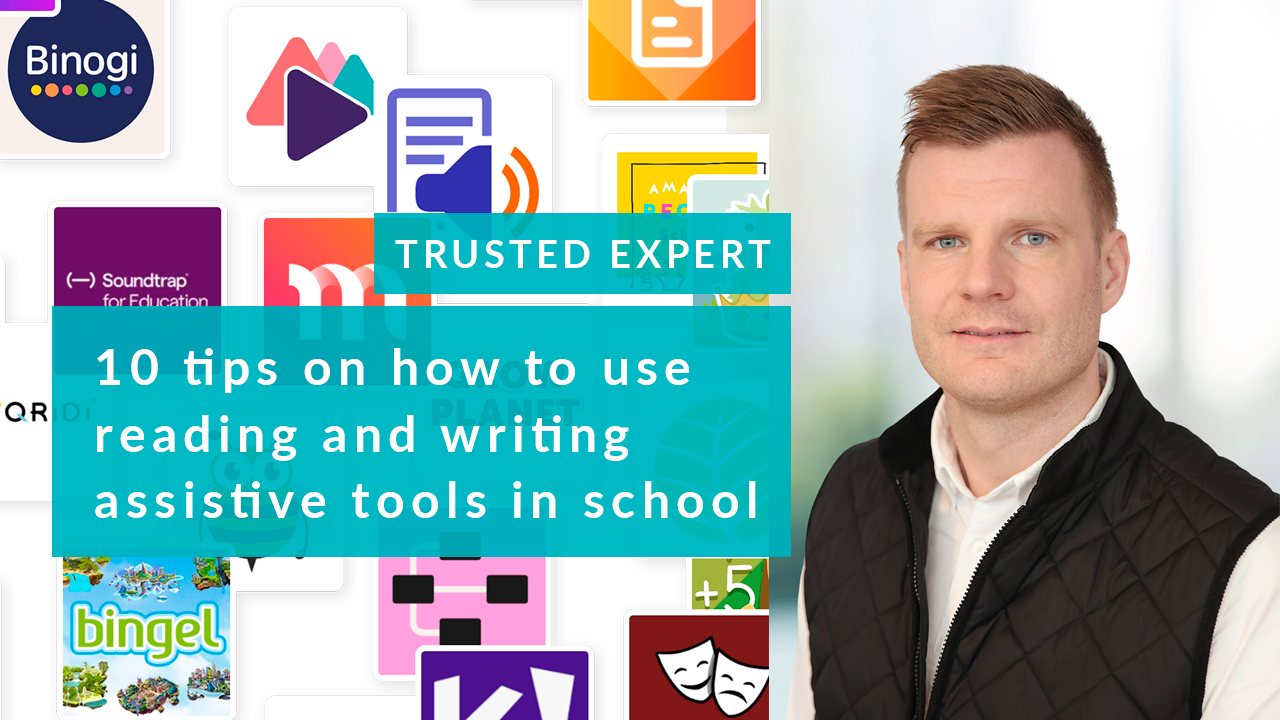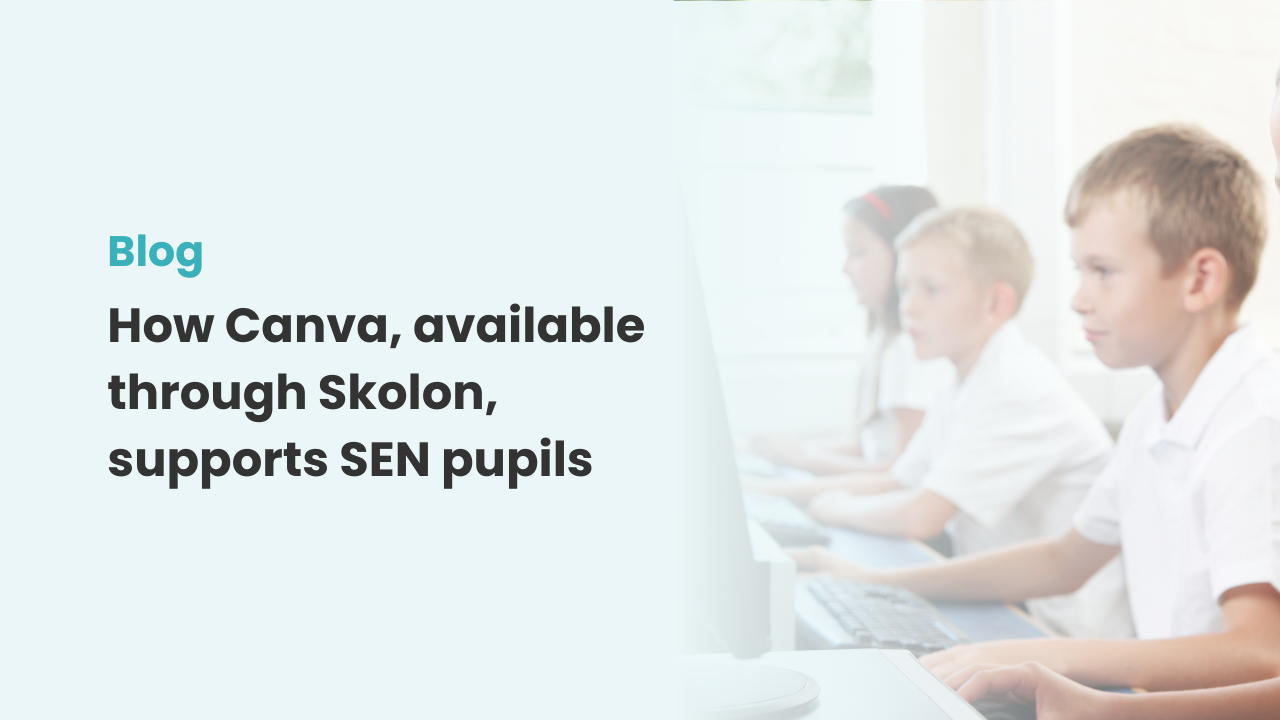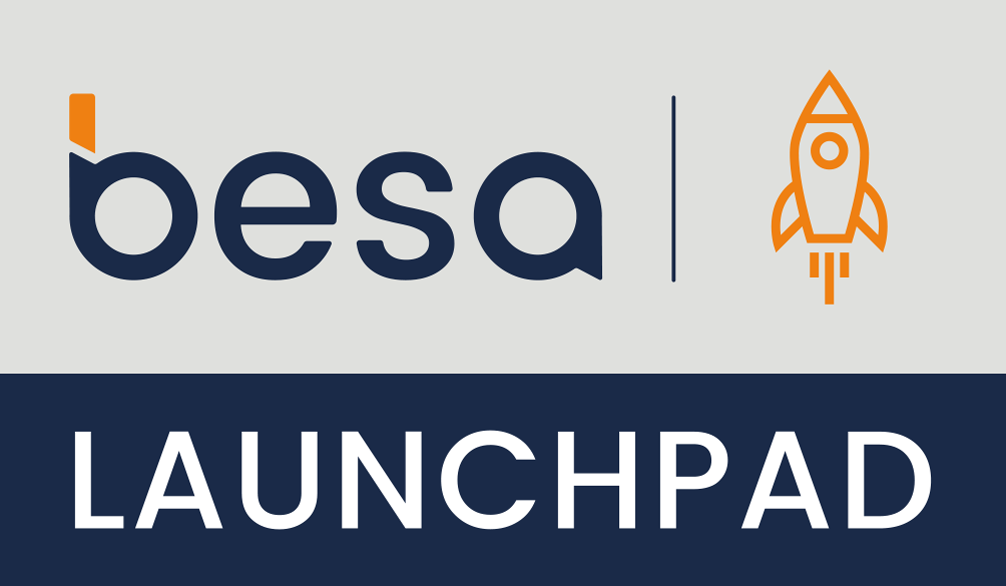10 Tips on How to Use Reading and Writing Assistive Tools in School


Reading and writing assistive tools are not only for individuals with reading and writing difficulties; on the contrary, digital tools can be beneficial for all students. There are many smart and creative ways to make it easier and more enjoyable for students to absorb information and facilitate learning.
Marcus Alvarsson, our Global Business Director and also a former teacher, has compiled his top 10 tips on how to use reading and writing assistive tools in school—or at home, for that matter.
These are just some examples of how to use reading and writing assistive tools in school. It’s essential to tailor these tools to each student’s individual needs and provide the right support to promote their learning and progress.
In Skolon’s platform, we gather thousands of digital tools, including tools for reading and writing difficulties.
This is Skolon – we gather Sweden’s best digital educational tools and make them work in the classroom.
Skolon is an independent platform for digital educational tools and learning resources, created for both teachers and students. With Skolon, accessing and using your digital educational tools is easy – security increases, administration decreases, and there’s more time for learning.
The digital educational tools come from both small and large providers, all of whom have one thing in common – they create digital educational tools that are beneficial for the school environment.
Information
Share this story
Subscribe
Would you like our newest articles delivered to your inbox? Sign up now!
Reading and writing assistive tools are not only for individuals with reading and writing difficulties; on the contrary, digital tools can be beneficial for all students. There are many smart and creative ways to make it easier and more enjoyable for students to absorb information and facilitate learning.
Marcus Alvarsson, our Global Business Director and also a former teacher, has compiled his top 10 tips on how to use reading and writing assistive tools in school—or at home, for that matter.
These are just some examples of how to use reading and writing assistive tools in school. It’s essential to tailor these tools to each student’s individual needs and provide the right support to promote their learning and progress.
In Skolon’s platform, we gather thousands of digital tools, including tools for reading and writing difficulties.
This is Skolon – we gather Sweden’s best digital educational tools and make them work in the classroom.
Skolon is an independent platform for digital educational tools and learning resources, created for both teachers and students. With Skolon, accessing and using your digital educational tools is easy – security increases, administration decreases, and there’s more time for learning.
The digital educational tools come from both small and large providers, all of whom have one thing in common – they create digital educational tools that are beneficial for the school environment.
Share this story
Subscribe
Would you like our newest articles delivered to your inbox? Sign up now!




